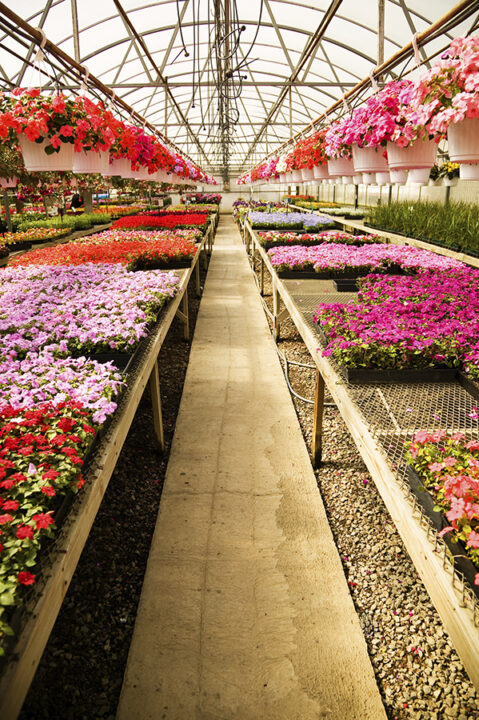A Case Study on the Emergence of Controlled-Environment Agriculture Production
Controlled-environment agriculture (CEA) has emerged as not only a viable, contemporary agricultural practice over the past 50 years, but an important tool for feeding the world. So how did it happen, and what can you learn from it?
The answer lies in a two-part case study from Gene Giacomelli, Professor and former Director of the Controlled Environment Agriculture Center at the University of Arizona, and Eric Roth, CEA Operations Consultant at Agritecture, a global team of urban agriculture consultants.
Part one of the case study looks at how CEA growth has been driven by dramatic improvements in efficiency metrics, at the same time that many major suppliers of field-grown vegetables began focusing on greenhouse production as a viable option.
Part two of the study highlights the critical technologies that helped spark this revolution, from plastics to data storage.










